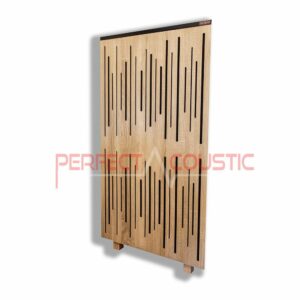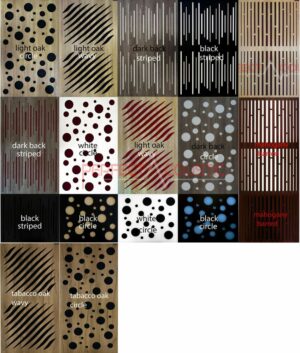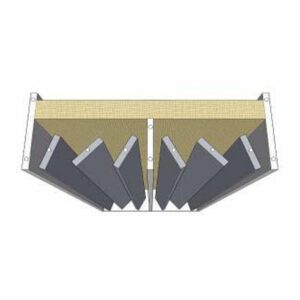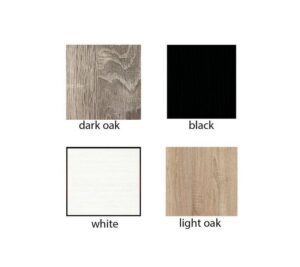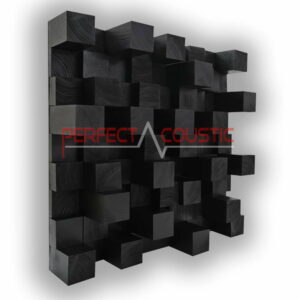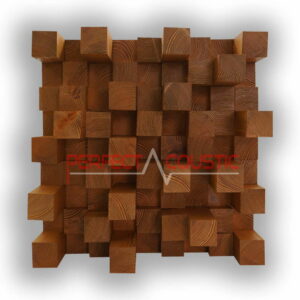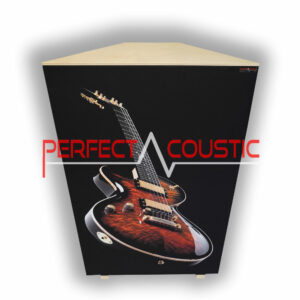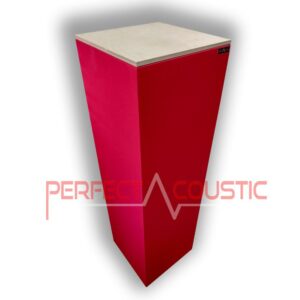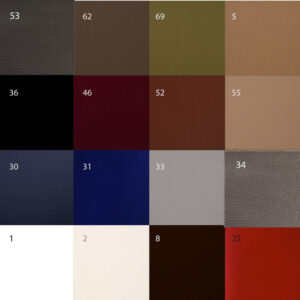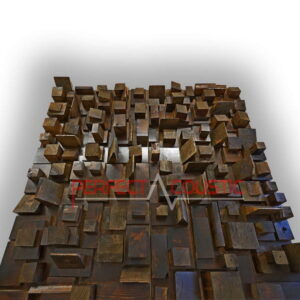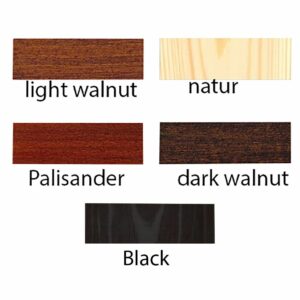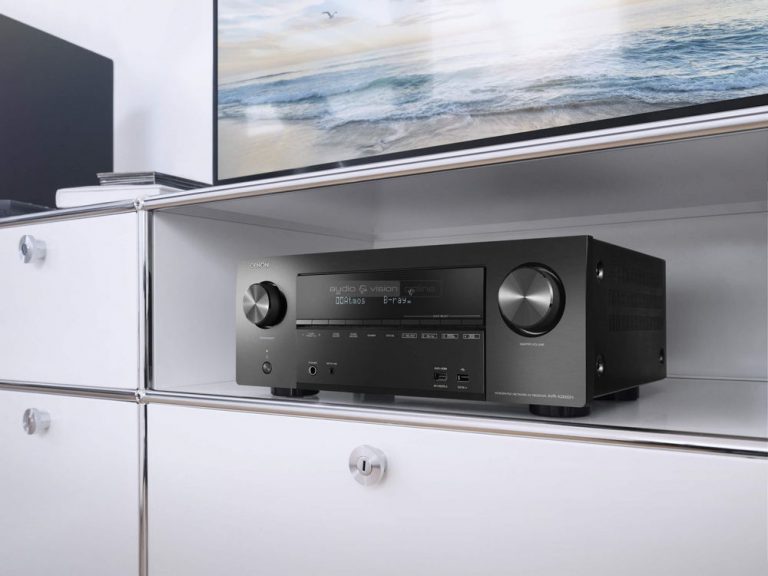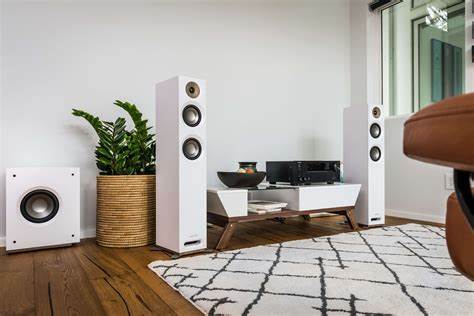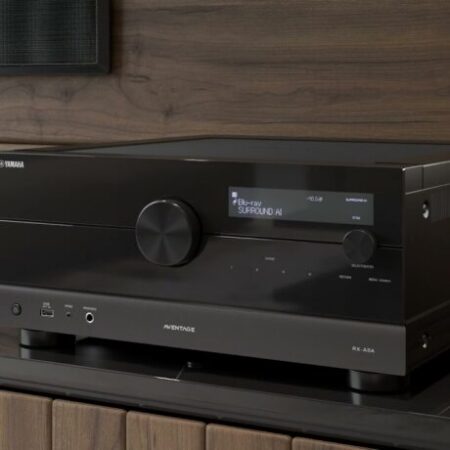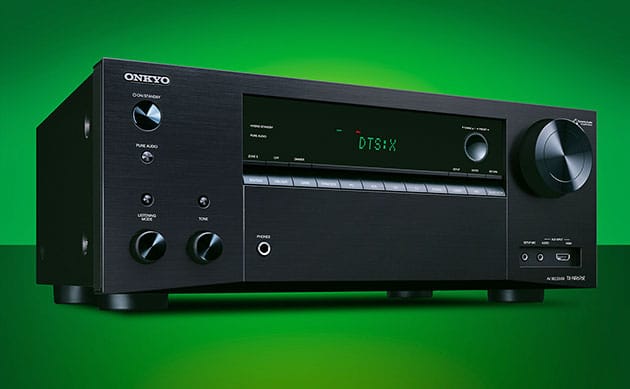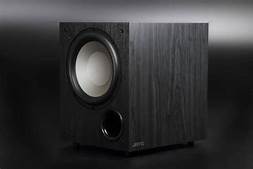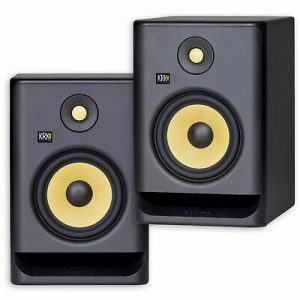Samsung QN90A TV Review
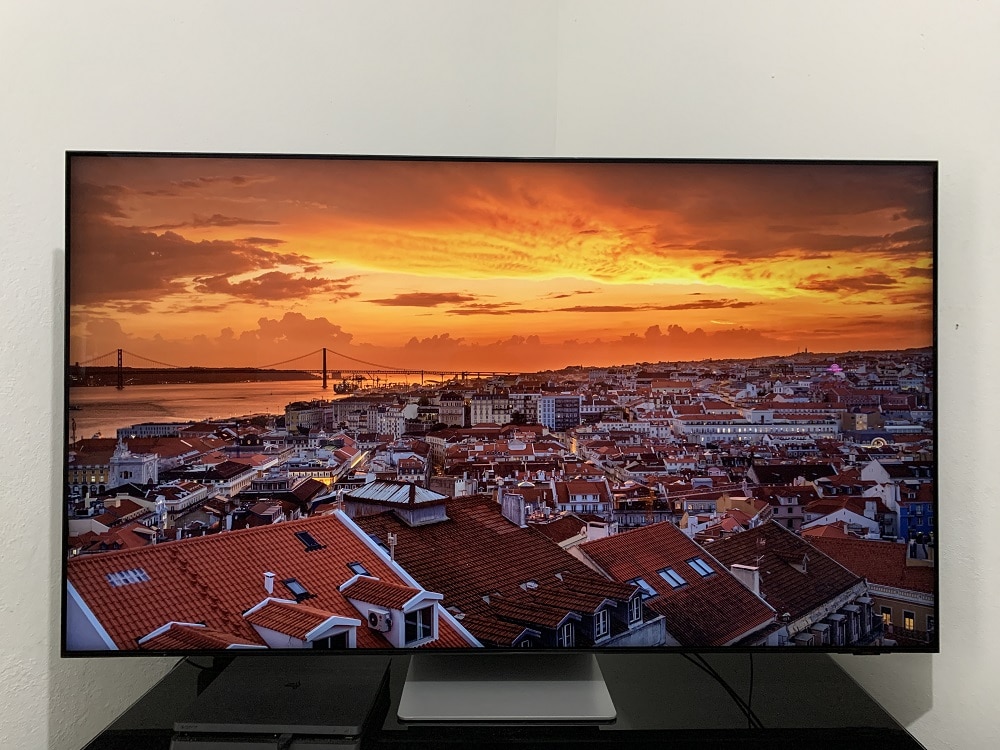
The Samsung QN90A has an excellent sound, with many applications and a webcam. The Apple TV app, which works with Apple’s AirPlay system, is also available on it.
Samsung offers some higher-end TVs, including 8K-resolution models, as well as super-expensive Micro-LED TVs, but the Q90A model is also packed with extras. Most important is the Neo QLED mini-LED backlight, which improves the image quality of the LCD by making certain areas of the image dimmer or brighter, in response to images on the screen, which significantly increases the contrast.
-
Sound traps with diffuser- If a good look is important146 € – 155 € +Vat
-
Flexi acoustic panel with adjustable wooden slats194 € – 287 € +Vat
Key features
LED LCD display technology, LED backlight with dimming, 4K resolution, HDR compatible HDR10, HDR10 +. 4 HDMI inputs, 2 USB ports, Ethernet (LAN) port, optical digital audio output, RF (antenna) input, remote (RS-232) port (EX-LINK).
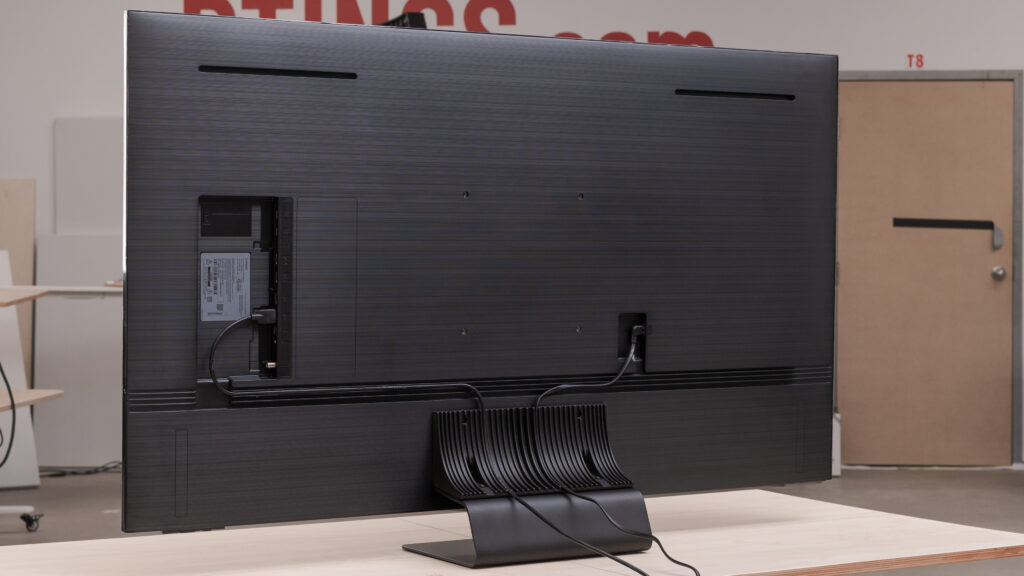
This is one of the few TVs with a built-in ATSC 3.0 tuner for Next-Gen TV signals. Quantum Dot technology provides the most beautiful image ever. With 100% colour richness, it retains perfect colours in any ambient light. Thanks to the anti-glare display and the ultra-large viewing angle, the lamp light is no problem and the screen can be seen uniformly from all angles. Object Tracking Sound + (OTS +) / Multi-directional sound guarantees a 3D experience.
Smart TV Tizen application
Tizen is a mobile operating system developed by Samsung that runs on a number of Samsung devices such as smartphones, tablets, in-vehicle information and entertainment devices (IVI), smart televisions, smart cameras, smart watches, Blu-ray players, or smart home appliances and robotic vacuum cleaners.
In 2010, Samsung developed the Samsung Linux Platform (SLP), while Intel and Nokia led the MeeGo project, another open source Linux mobile operating system. In 2011, Intel teamed up with Samsung to create a new project called Tizen based on SLP code.
Like all Samsung QLED TVs, the QN90A’s LCD panel is complemented by quantum dots – microscopic nanocrystals that illuminate a specific colour. The effect was a better brightness and colour, more to deliver than TVs without QD.
Is a QLED screen better than a standard LED LCD TV?
Although the terms “QLED” and “OLED” sound the same, they are completely different, as OLED is a self-emitting display technology, while QLED uses a backlight. (Full backlit array or Mini-LEDs.) The most important difference is the use of a quantum dot filter (“Q” in the QLED) located between said backlight and the screen.
The device supports high dynamic range content in HDR10 and HDR10 Plus formats. However, Dolby Vision HDR support on most competitors ’HDR TVs is missing, but that’s not a big loss. 120 Hz panels are used in the manufacture of the QN90A.
-
Skyline diffusers 60x60x14cm118 € +Vat
-
Decorative acoustic panels (corner bass)175 € +Vat
Gaming
The game feature is one of the strongest points of the QN90A. All four HDMI inputs are compatible with variable refresh rates, including AMD FreeSync and standard VRR formats, as well as ALLM (also known as Auto Game Mode), which allows you to automatically switch to game mode and reduce input delay when a game playing mode is detected. Input 3 is eARC compliant.
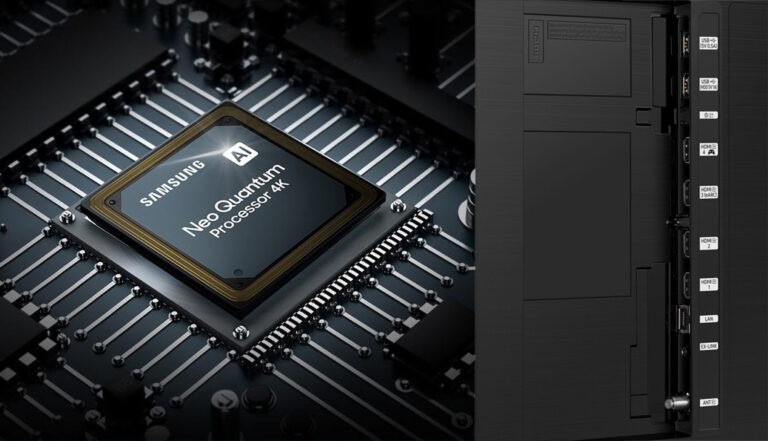
Input 4, indicated by a small game controller icon, also accepts 4K / 120Hz with and without HDR. None of the other inputs handle 4K / 120, which can really only be a problem if you have multiple devices.
Image quality
The Samsung QN90A has the best picture quality of the non-OLED TVs we know of, and also offers the best picture in a bright room. Extremely bright, yet capable of displaying deep, ink-black levels almost perfectly, it handles even the most challenging HDR formats. It can’t beat the contrast and colour of high-end OLED models though, like the LG G1.
Samsung QN90A test
The black levels were almost perfect, although the LG OLED TVs outperform it in this area of expertise as well.

Samsung’s brightest setting, Dynamic, was unfortunately quite inaccurate. For accurate measurements, we used the Natural Image mode in SDR, combined with the Warm Colour Temperature setting (the Natural Default Temperature is a fairly bluish tint). For an even more accurate, clear picture, you can select Cinema or Movie Maker mode and set the Brightness control to 50, which is 620 nits.
The QN90A maintained HDR light output in Cinema and Filmmaking modes, but in Dynamic mode, both HDR and SDR function fluctuated, starting at around 2,500 nits but dropping almost immediately to around 500 nits – a huge fivefold decrease.
Samsung’s screen retains contrast and brightness and reduces reflections, delivering the best possible performance in bright rooms.
The QN90A’s screen doesn’t perform as well as LG in terms of uniform image display, the QN90A showed a slightly dirty screen effect.
Nevertheless, Samsung produced an excellent input delay in gaming mode, looking brighter than LG. Samsung has a “Dynamic Black Equaliser” feature that allows you to further enhance black levels, but does not have special game picture modes like LG.
The best 4K Blu-ray
In terms of HDR and 4K video, the QN90A was brighter than even the brightest OLED TV, but the deep blacks were also stunning.
Picture settings
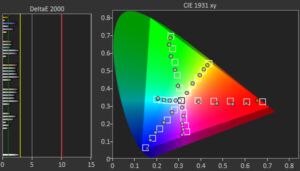
The settings specified by the manufacturer are for guidance, but if you want the most accurate image quality, you will need a professional calibration.
The Cinema and Filmmaker presets were the most accurate, excellent in grayscale and gamma, with only a slight reddish colour. Movie Maker disables all image clarity settings, including motion correction, and turns on ambient light by default.
For calibration, the two-dot grayscale was modified to remove the red colour, light emission was reduced, and the gamma was also changed so that the grayscale and colour were already absolutely accurate.
-
Cubic acoustic sound panels80 € – 109 € +Vat
-
Rustic-Vintage sound diffuser-Made of real pine65 € – 129 € +Vat
HDR images
Like SDR, Samsung’s film and filmmaking modes were the most accurate for displaying HDR sources. Both modes were significantly more accurate than the Dynamic mode.
Verdict
When it comes to sound, fantastic picture quality and extra features, Samsung has them all in the form of an awesome TV. Although, the LG CX OLED TV performs better in terms of certain features such as gaming; thanks to its anti-glare screen, 4K picture resolution and other features, this Samsung QN90A is an ideal choice.
Of course, the sound can only be perfect if we also pay attention to the acoustics of the room. With sound-absorbing acoustic panels and diffusers, we can improve and perfect the sound. In the case of home theatres, full obscurity is also an important criterion if you’re looking for a real cinema like experience, therefore it is worth placing acoustic curtains in front of the windows, which not only function as full blackout curtains, but also improve the acoustics.
G.H.
Written by Róbert Polgár

